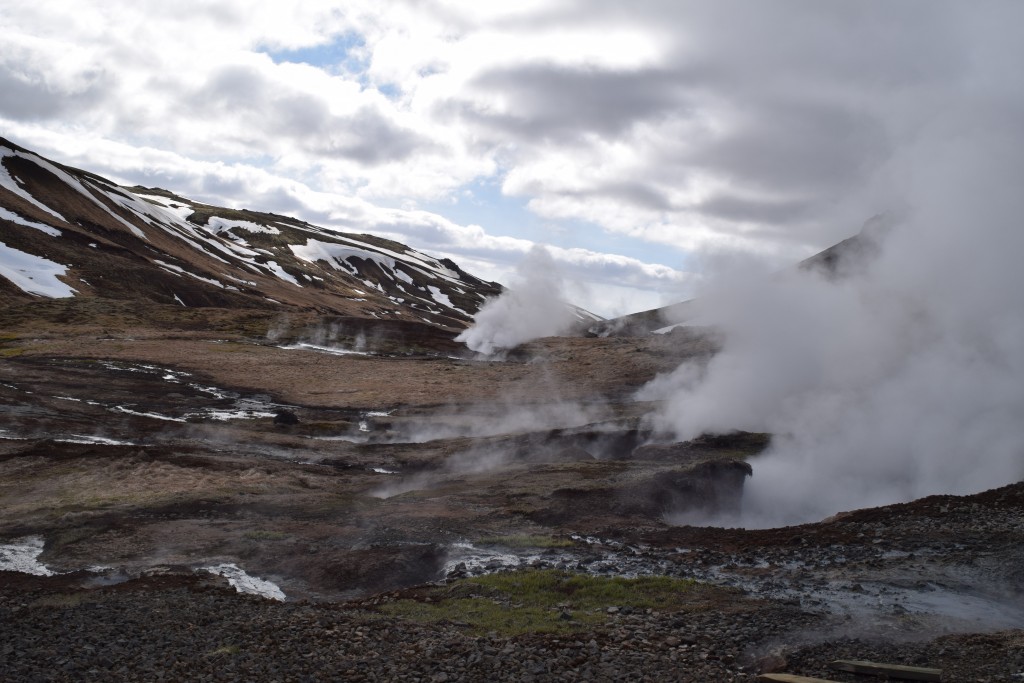
Iceland has a unique landscape that has been shaped by volcanic activity. Because of the geologically young and active volcanoes that exist here as well as the position of the tectonic plate boundaries, the underground temperatures in this area are extremely high. These high temperatures heat up groundwater, providing Iceland with access to geothermal water. Geothermal water is heated beneath the surface of the earth by magma. Magma releases heat as radioactive materials, such as uranium, decay below Earth’s crust. The hot water often reaches the surface of earth on its own, which creates geysers, hot springs and hot rivers that flow naturally. In addition, Icelanders have been able to tap into these hot water resources to heat their homes and generate electricity. Geothermal energy is a renewable resource that is far more sustainable than burning fossil fuels or generating nuclear power. -Taylor Mulliniks
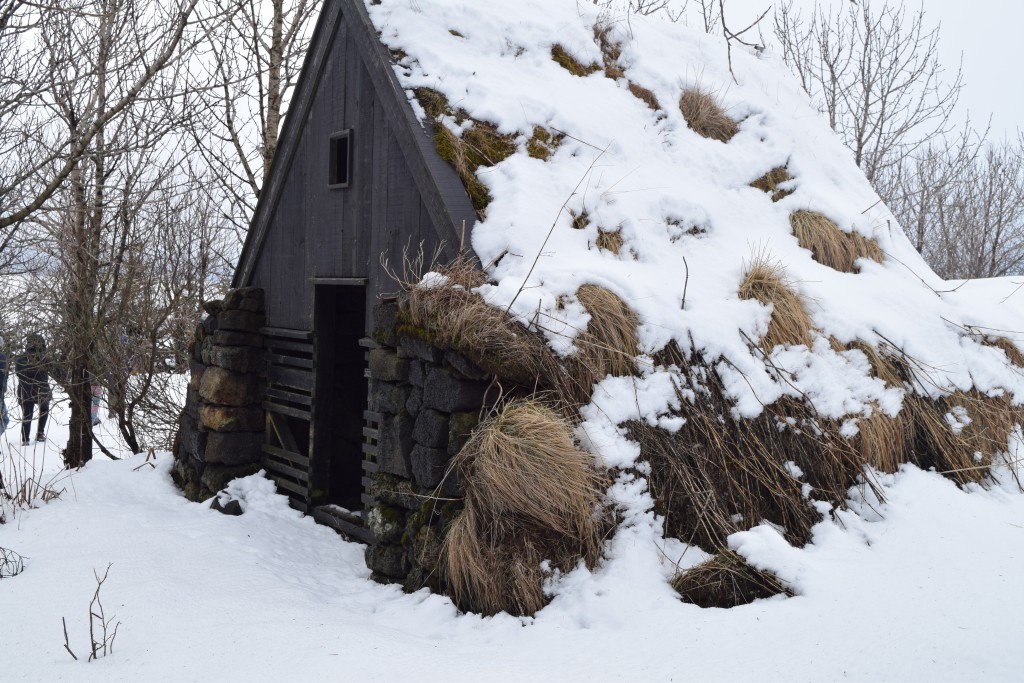
Many Icelanders lived in turf houses in the post-settlement era. Turf houses are built amongst the land using materials from wetlands and provide excellent insulation. The cluster of organic buildings is known as an Old Icelandic farmstead and at the heart of it is the the main living space (baðstofa) where they worked, ate, and slept. This homestead is where Hannes Lárusson grew up and has since restored. In doing so, he is aiming to preserve this way of life through educating people on the history and culture that stemmed from living with the land. -Chelsea Skog
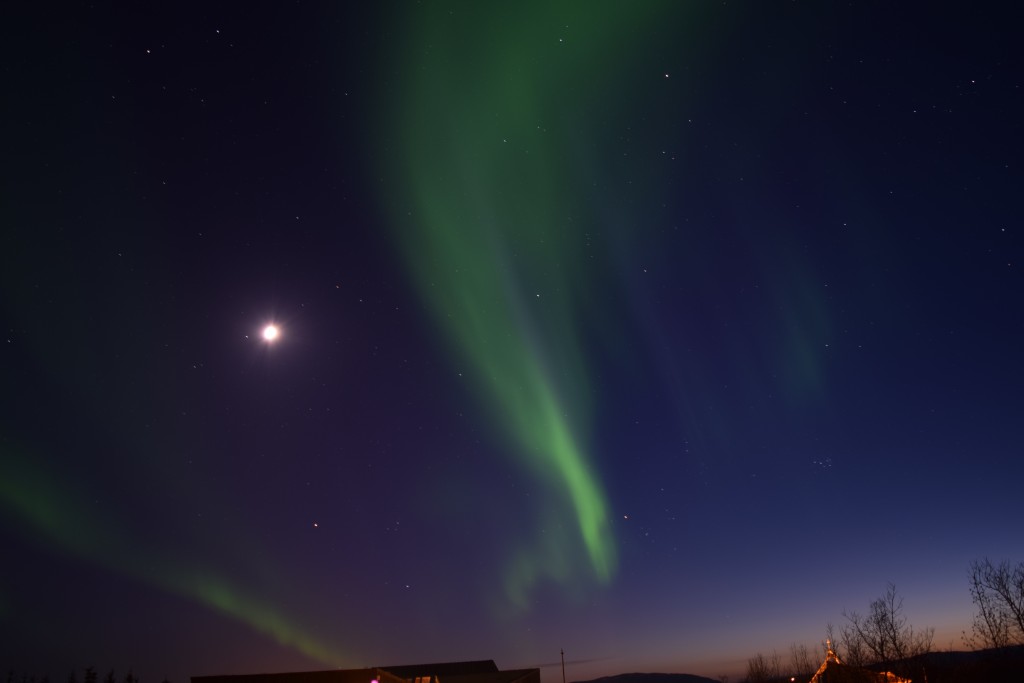
The aurora borealis, or northern lights, is a beautiful phenomenon that we have gotten to experience on many occasions since we have been staying in Iceland. What causes these green lights to dance across the sky on a clear night? There are often great storms on the surface of our sun. These storms send strong solar winds of charged particles into our atmosphere, even at night. The earth has 2 magnetic fields at the north and south poles that attract these particles and keep them from penetrating our atmosphere. When the solar particles interact with the atoms and molecules in our atmosphere, these atoms become excited and light up. This means that the electrons surrounding the nucleus in an atom move to a higher-energy orbit that is farther away from the nucleus. Once an electron moves back to a lower-energy orbit, it releases a particle of light known as a photon, which is what we see in the sky. -Taylor Mulliniks
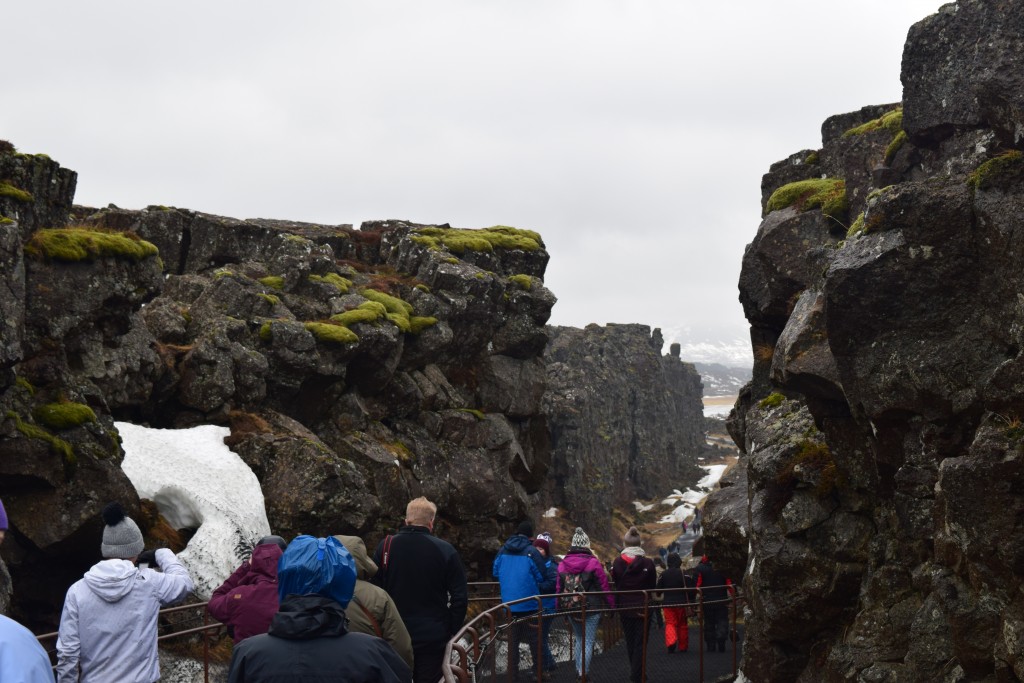
Iceland has become a popular tourist destination. Because of its unique and undisturbed landscape, people from around the world are travelling catch a glimpse of the country. However, there are both disadvantages and advantages of tourism. The largest of these disadvantages is environmental destruction of natural spaces. For example in Þingvellir National Park, erosion of the land increases with more and more tourists walk within it. Boardwalks had to be installed and gravel was laid down to avoid possible accidents with tourists. This project is extremely expensive, especially when Iceland does not charge an admission fee for its sights. Some advantages of tourism include an increase in Iceland’s economy and an appreciation of cultural preservation. Tourist attractions like Þingvellir and the National Museum help to teach tourists about the rich Nordic culture of Iceland. -Denise O’Leary
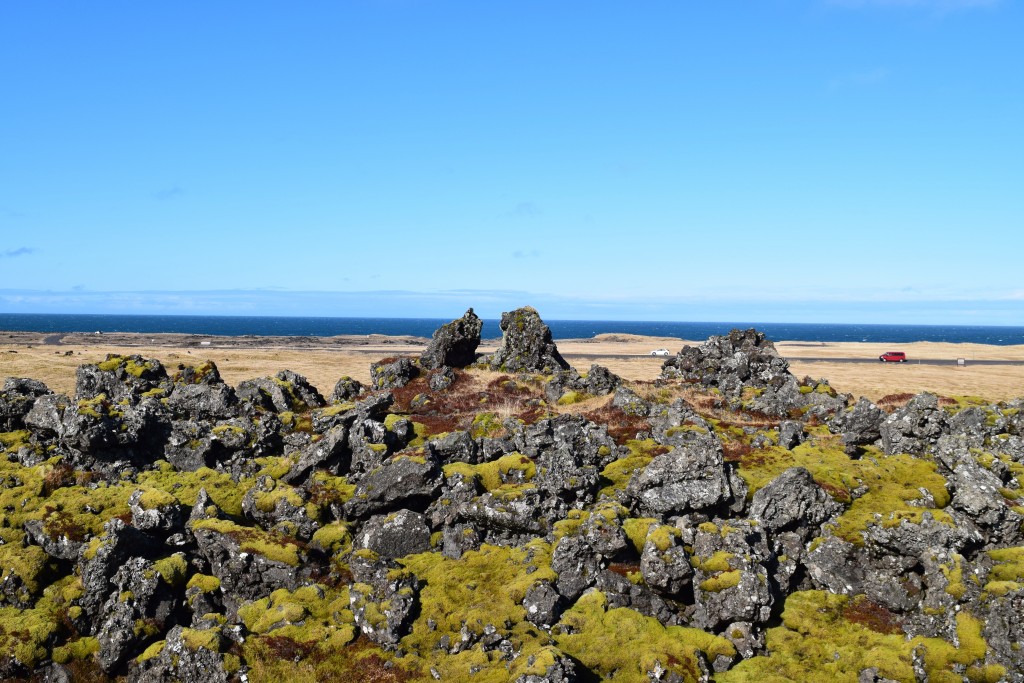
Lava Fields are a common geological feature found in Iceland. A lava field is formed when vents release viscous lava (usually basalt) over large areas of flat land. Over time, the lava cools and breaks leaving large chunks of material. The lava fields provided building material since the settlement of Iceland. In Snæfellsnes, pictured above, there are fishermen ruins that were made within the verbúdir lava field. In Icelandic folklore, these fields have also been seen as the home of the hidden people, or elves. Icelanders believe that if you treat the elves and their stone homes with respect, the elves will leave you alone. -Denise O’Leary
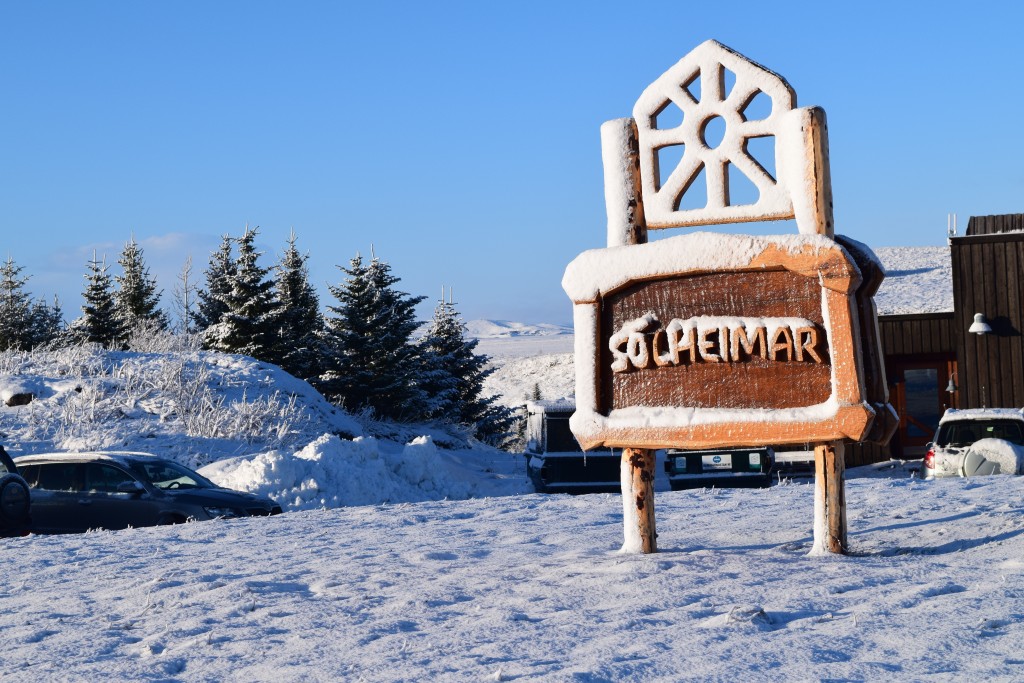
Sólheimar is the world’s oldest Ecovillage and is home to around 100 residents. It was founded in 1930. This small village is located in the countryside of Iceland where the buildings co-exist with the landscape. Sólheimar is known for its creative and ecological community where the main focus is on the growth of man and nature. Our CELL group has been working hand in hand with the community. There are various workshops such as ceramics, wood-working, bakery, and the greenhouse (Sunna) that we attend weekly and work with the home people. We also spent time doing other volunteer work such as sorting recycling and working in the Troll Garden. -Chelsea Skog
